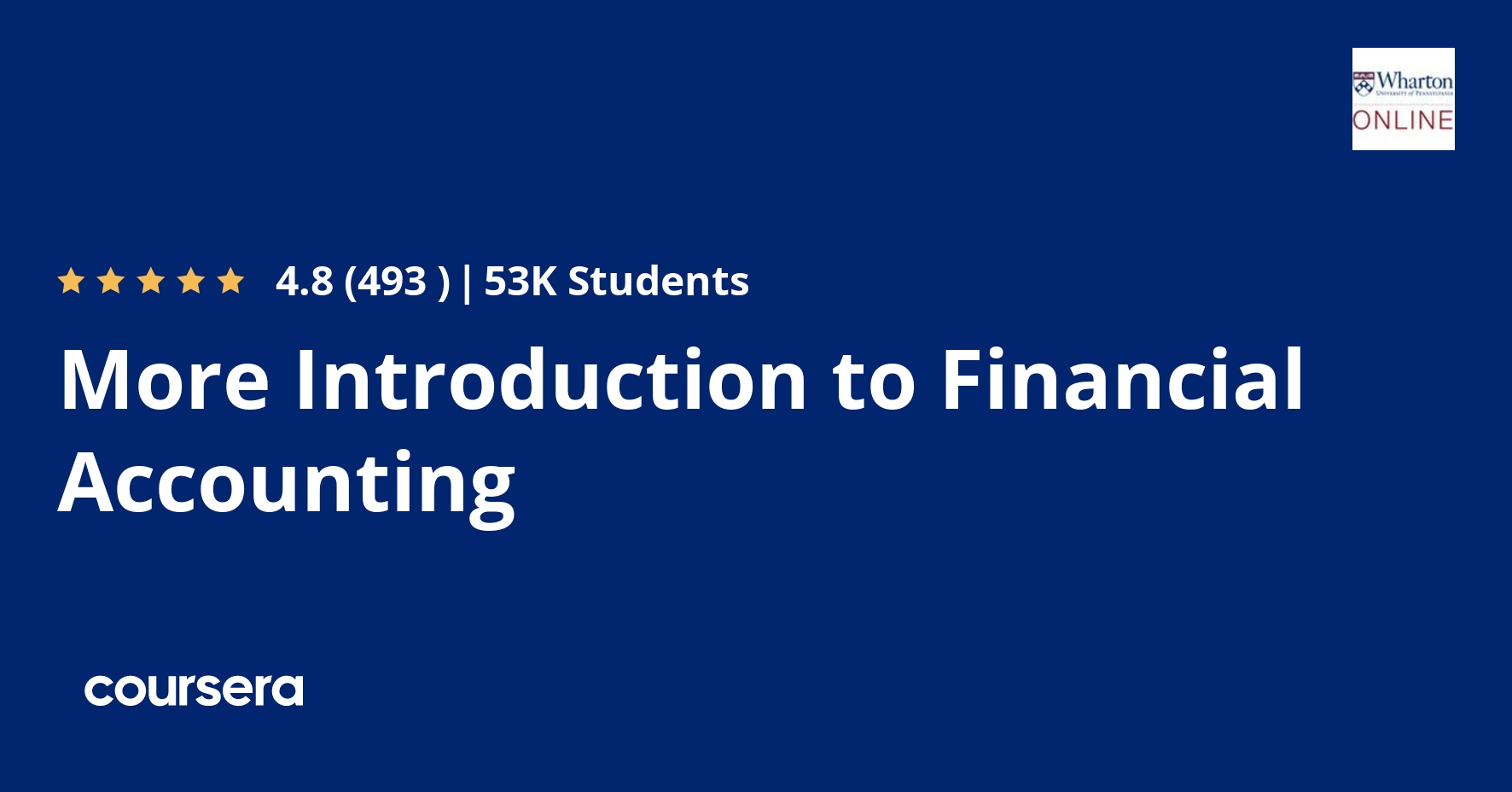Description
The course builds on my Introduction to Financial Accounting course, which you should complete first. In this course, you will learn how to read, understand, and analyze most of the information provided by companies in their financial statements. These skills will help you make more informed decisions using financial information.
What you will learn
Week 5: Introduction and Working Capital Assets
Now that we have a solid grasp of the foundations from the Introduction to Financial Accounting course, we are going to work our way around the Balance Sheet to discuss various types of Assets, Liabilities, and Stockholders’ Equity (along with their associated Revenues and Expenses) in more detail. We kick off with Accounts Receivable and the problem that some customers that buy goods on credit will not actually pay us. We will look at the computation, disclosure, and analysis of such “Bad Debts”. We will also briefly discuss other Accounts Receivable issues such as Factoring and Securitization. Then, we will move on to Inventory. We will discuss how Inventory accounting differs between retail and manufacturing firms. We will see how companies figure out the cost of the inventory they sold, which requires assumptions about cost flows. This discussion will lead us into covering one of the most infamous accounting topics: LIFO.
Week 6: Long-lived Assets and Marketable Securities
This week, we will cover assets that represent longer-term investments. We will start with Property, Plant, and Equipment, covering questions like: What gets included in these accounts? How are they depreciated? What happens if their value is impaired? Then, we will cover similar questions for Intangible Assets, including Goodwill. Finally, we will discuss how companies account for investments in debt and equity securities and how the treatment for equity investments in other companies is determined by how much of the other company is owned.
Week 007: Liabilities and Long-term Debt
We move to the right-hand side of the Balance Sheet this week with a look at Liabilities. We will start by covering time-value of money, which is the idea that $1 today is not worth the same as $1 in the future. Almost all liabilities involve a consideration of the time-value of money, so this will be an important foundation piece for you to understand. Then, we will cover accounting for bank debt, mortgages, and bonds. Next, we will move into the topic of “off-balance-sheet” liabilities with a discussion of Leases.
Week 8: Deferred Taxes
There are two certainties in life, and we will cover one of them this week (the other is beyond the scope of the course). We will NOT teach you how to prepare your own tax return. Instead, we will discuss how companies have to prepare “two sets of books”: their financial statements and their tax returns. The rules are different for these two sets of books, leading to permanent differences and to temporary differences. We will cover both types of differences, with a main focus on “deferred taxes”, which are the byproduct of temporary or timing differences between tax reporting and financial reporting. Finally, we will touch on other tax issues, such as Net Operating Loss Carryforwards and the rule that requires companies to disclose how much they are trying to cheat on their taxes (sorry, that should say “use tax planning strategies to manage their taxable income”).





